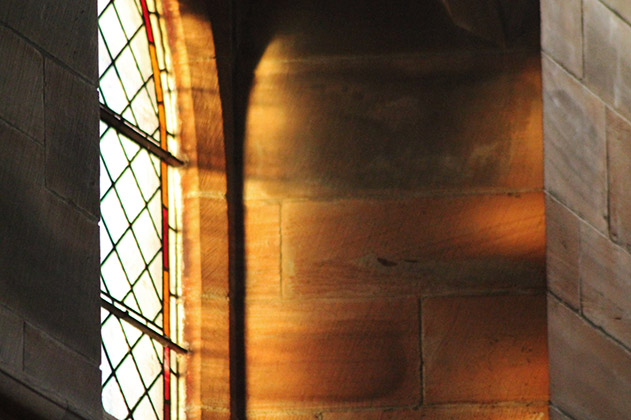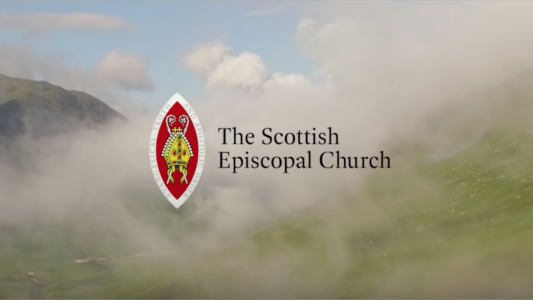Rev Dr Michael Hull, Director of the Studies at the Scottish Episcopal Institute, reminds us in the reflection below that the printed page can still “bridge our physical distances in a way different from the internet”.
The Covid-19 pandemic challenges Christians like no other crisis in living memory in terms of liturgy, writes Dr Hull. How do we pray and worship together when we cannot gather in person?
Our digital age offers options like YouTube and Facebook, which the Scottish Episcopal Church is using for Sundays. Moreover, the SEC has been posting the Daily Office on its website for years. The Internet is an invaluable medium to connect us.
Still, there is an older medium, the printed page, particularly the Scottish Prayer Book, through which we have connected for almost 400 years – even longer, if we look back to its roots in the Sarum rites and as far back as the tenth century. The pandemic is an opportunity to design new forms of prayer and worship, but also to revisit the classics, including Morning and Evening Prayer as found in the Prayer Book with the subheading: ‘to be said and used daily throughout the year’.
It is the vision of the Prayer Book that we should implore the Lord God every morning to open our lips, that our mouths may shew forth his praise; and every evening, that he would bless and keep us that night and forevermore. Though it would normally have us together in our churches, the Prayer Book’s very form, a handbook, facilitates its use when outwith church and congregation. These days public prayer in our churches is not viable, and that is a loss. There are times, however, when it is good to pray privately, when spiritual participation in the mystical body of Christ is more than sufficient, and there is no need to be connected physically, virtually or otherwise, save by love which is the bond of perfection. Is it not Jesus himself who reminds us that there are moments when we should close our doors and pray to our Father, who sees and hears all, in secret (Matthew 6.6)?
The private prayer to which we are constrained by this pandemic may be aided by the arcane language of the Prayer Book, which is germane to our present-day life in lockdown. Just a few months ago, it would have been incomprehensible that we would experience a threat to our health and wellbeing that makes the sixteenth century seem more safe and secure than our own. With the Prayer Book in hand, we are connected to our forebears in faith as we pray to and worship God on behalf of ourselves and the world.
The introductions to Morning and Evening Prayer remind us that ‘there is no health in us’, that we are ‘miserable’. Similarly, we ask – elsewhere in the Prayer Book, rendering a fourteenth-century chant – ‘in the midst of life we are in death: of whom may we seek for succour, but of thee O Lord?’ Our efforts in the Covid-19 crisis to alleviate suffering, to trust science to find a vaccine, and to believe in divine providence are fixed in our faith that it is Jesus who brings salvation. As the third collect of Evening Prayer has it: ‘Lighten our darkness we beseech thee, O Lord; and by thy great mercy defend us from all perils and dangers of this night; for the love of thy only Son, our Saviour, Jesus Christ’.
The Prayer Book bridges our physical distances in a way different from the Internet; it does so in ways no less palpable. Prayer Books are part of the fabric of our Anglican Communion. Our Scottish version has grown organically with our church through good times and bad, in the sicknesses and the health we have faced, all the while, for centuries, starting our days with Morning and Evening Prayer, daily and throughout the year.
- The May edition of the Scottish Episcopal Institute Newsletter, which focuses on how the SEI has adapted to the necessity of digital communication, is now available here.








